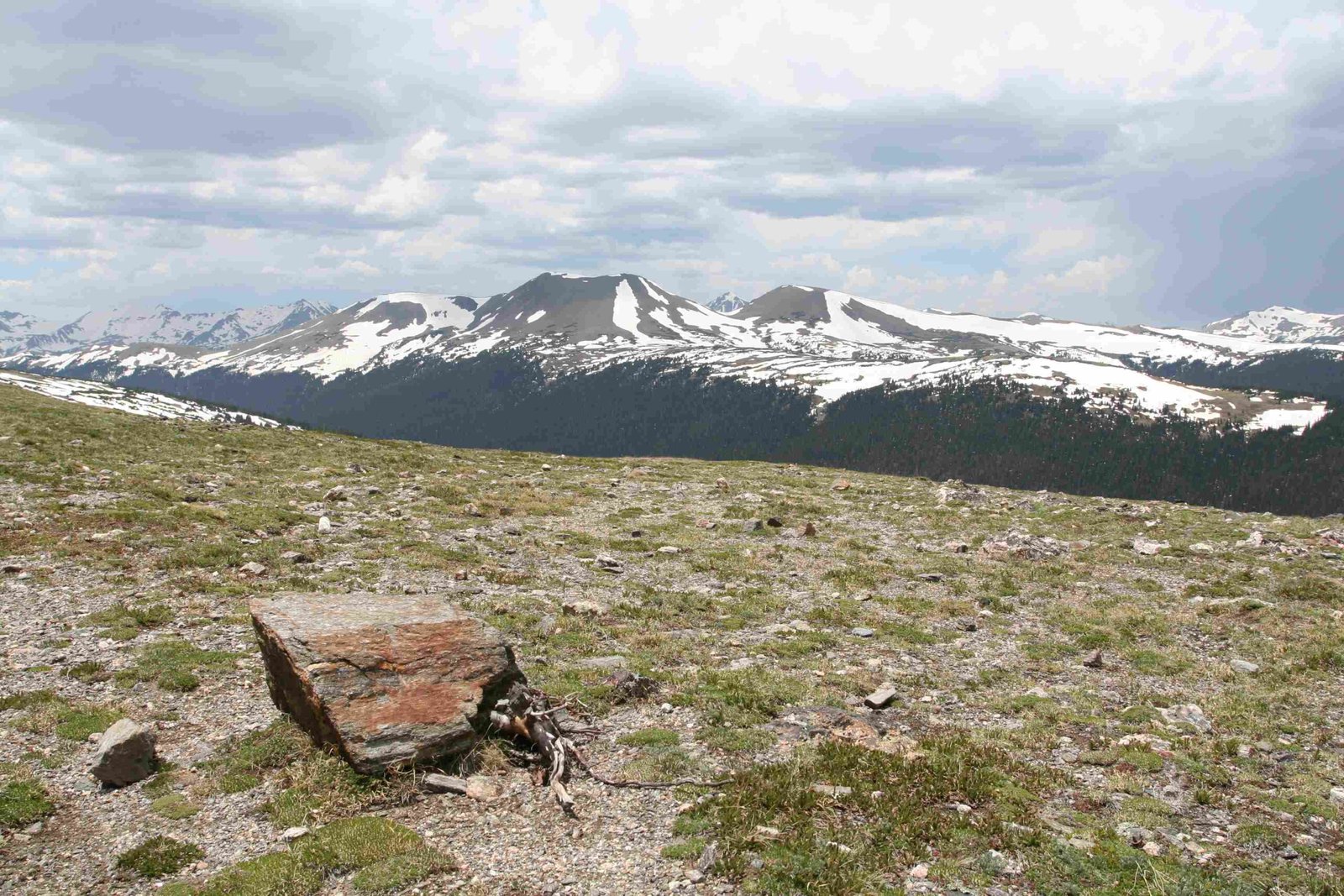Rocky Mountain National Park is home to a diverse array of North American mammals, from majestic elk to elusive mountain lions. The park’s varied ecosystems, ranging from montane forests to alpine tundra, support a rich tapestry of wildlife. Visitors can observe these animals in their natural habitats, with opportunities for sightings varying by season and location. This guide provides essential information on mammal species, their behaviors, and the best ways to experience wildlife in this stunning national park.
What Mammal Species Can Be Found in Rocky Mountain National Park?

Rocky Mountain National Park boasts an impressive variety of North American mammals. Here’s a list of some key species you might encounter:
- Elk
- Mule Deer
- Moose
- Bighorn Sheep
- Black Bears
- Mountain Lions
- Bobcats
- Pikas
- Yellow-bellied Marmots
Each of these species has adapted to specific habitats within the park, from the forested lowlands to the rocky alpine zones.
Where Are the Best Locations for Mammal Watching?

The park offers several prime locations for observing wildlife:
- Horseshoe Park: Ideal for bighorn sheep sightings
- Kawuneeche Valley: Known for moose encounters
- Trail Ridge Road: Offers opportunities to see various species at different elevations
- Montane and Subalpine Zones: Home to elk, mule deer, and black bears
- Alpine Tundra: Habitat for pikas and marmots
When Is the Best Time to Observe Mammals in the Park?
Timing is crucial for successful wildlife viewing:
| Season | Best For |
|---|---|
| Spring | Emerging wildlife, newborn animals |
| Summer | Active high-altitude species |
| Fall | Elk rutting season, bighorn sheep rut |
| Winter | Easier tracking in snow, winter adaptations |
Early mornings and late afternoons generally offer the best viewing opportunities across seasons.
What Facilities Are Available for Mammal Watching?
The park provides various amenities to support wildlife observation:
- Parking areas near popular viewing spots
- Restrooms at visitor centers and some trailheads
- Ranger-led programs and guided tours
- Wildlife viewing areas with informational signage
How Can Visitors Prepare for Mammal Watching Challenges?
Preparation is key to a successful and safe wildlife viewing experience:
- Check trail conditions before hiking
- Be aware of altitude changes and their effects
- Carry bear spray in backcountry areas
- Follow park regulations on food storage and waste disposal
- Maintain a safe distance from all wildlife
What Are the Accessibility Considerations for Wildlife Viewing?
The park strives to accommodate visitors of all abilities:
- Some viewing areas are accessible by car or shuttle
- Certain trails are wheelchair-friendly
- Visitor centers offer accessible facilities and information
Always check with park staff for the most up-to-date accessibility information.
How Do Seasonal Behaviors Affect Mammal Sightings?
Understanding seasonal behaviors can enhance your wildlife viewing experience:
- Spring: Animals become more active as they emerge from winter
- Summer: High-altitude species are most visible
- Fall: Mating seasons for elk and bighorn sheep increase activity
- Winter: Some species migrate to lower elevations
What Conservation Efforts Protect North American Mammals in the Park?
Rocky Mountain National Park implements various conservation strategies:
- Habitat preservation and restoration
- Wildlife monitoring programs
- Visitor education on responsible wildlife viewing
- Regulations to minimize human-wildlife conflicts
By following park guidelines, visitors can contribute to these conservation efforts.

